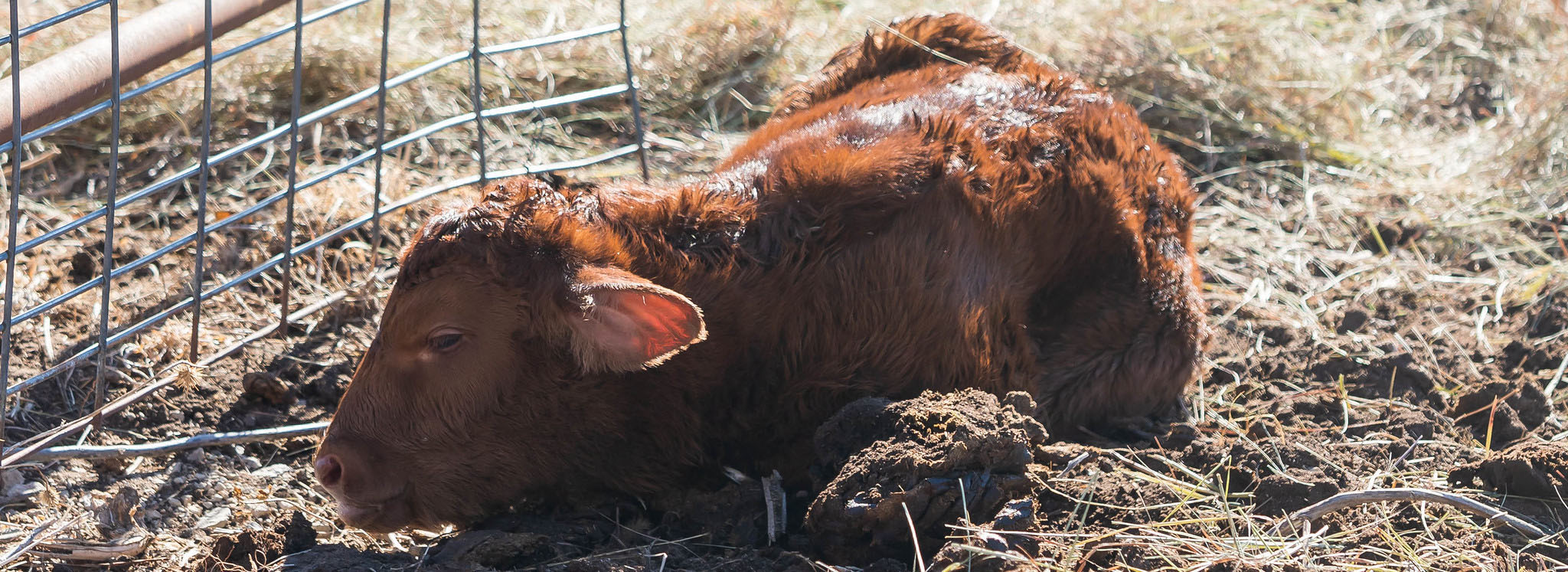Anyone who has experienced a gastrointestinal virus knows the key to getting back to good health is to keep drinking fluids. That is true for beef cattle as well, say the experts at the Kansas State University Beef Cattle Institute.
In some cases, young calves who become severely dehydrated from scours may not survive without an intervention, said the K-State veterinarians, who addressed this topic on a recent Cattle Chat podcast.
“Scours most commonly affects calves in the first 3-4 weeks of life,” said veterinarian Brad White.
With this disease, calves experience severe diarrhea and quickly become dehydrated.
“Calves with moderate diarrhea are losing a lot of fluid and they don’t feel well so they often aren’t nursing, which compounds the problem,” said Brian Lubbers, K-State veterinarian. “An 80- to 100-pound calf that has scours can lose 5-10% of the body weight quickly, so it is important to intervene quickly.”
Lubbers said along with diarrhea and a lack of vigor, calves experiencing dehydration will also show in their eyes.
“With dehydrated calves, their eyeballs will skin and there is a gap in the eyeball and the eyelid,” Lubbers said.
Because this is a common disease, it is important for cattle producers to maintain bags of commercial electrolyte replacement on hand, said K-State veterinarian Bob Larson.
“If you can get the calf to drink from a bottle then you can give them oral electrolytes,” Larson said. “Another option is to deliver that through an esophageal feeder.”
However, if they are really sick, not able to get up and laying on their side, Larson said producers need to have their veterinarian administer IV fluids to the calf. Lubbers added that subcutaneous fluids or intra-abdominal fluids are another step that might be an option if they are unable to drink but not to the point where they need IV fluids.
Both Larson and Lubbers agree that it is important to consult with the local veterinarian about the best mode of treatment to aid the sick calf.
Lubbers said that the electrolytes can be administered in conjunction with allowing calves the chance to nurse or receive milk replacer but that the timing is a factor.
“I recommend spacing out the electrolytes and milk feeding by a couple of hours to keep from the milk curdling from an interaction from a bicarbonate in the electrolyte,” Lubbers said. “The milk will provide the sick calf energy that is important to their recovery.”
From a management standpoint, White said it is important to isolate the calf to offer treatment and lessen the risk that the disease will spread to other calves in the herd.
“This sickness has a fecal-oral transmission, so it is important those claves are in a clean environment and the people that work with them need to follow good sanitation practices,” White said.
These include wearing gloves when handling the animals, and washing boots and any equipment that is used with the calves as well as making sure people wash their hands thoroughly, Lubbers said.
To hear the full discussion, look for Cattle Chat on your preferred streaming platform.



